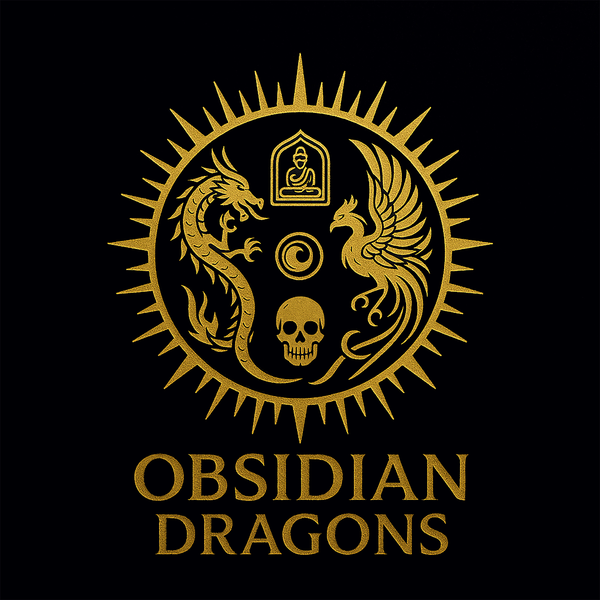PS
Tibetan sacred agate bracelet, rotating DZI, 925 silver, copper, turquoise Pixiu Dragon from Arizona, so-called nan hong agate (southern red)
Tibetan sacred agate bracelet, rotating DZI, 925 silver, copper, turquoise Pixiu Dragon from Arizona, so-called nan hong agate (southern red)
Couldn't load pickup availability
Tibetan sacred agate bracelet, DZI, 925 silver, copper, Pixiu, son of the dragon
Arizona Turquoise,
agate called nan hong (southern red)
Length of 21cm.
Different lengths available, contact us by message. Two models available with or without pixiu.
The Dzi is rotating thanks to a high precision ball bearing developed in Germany
9-Eyed Dzi;
The Dzi of the 9 eyes helps its owner to get rich, and to expel evil and acts as a protector.
The number 9 is highly symbolic since it represents the 9 planetary systems that provide wisdom and merit.
The Dzi is a Tibetan pearl, of distant origin, bringing many mystical benefits and blessings to its wearer. It is a Tibetan talisman or amulet, the king of lucky charms, sometimes revered as a real deity.
The success of the Tibetan bead comes from its multiple eyes, which can be up to 21. Dzis are believed to bring good fortune, ward off evil spirits, and protect its wearer from dangers and accidents, and even bring longevity and good health. .
The DZI originates from the Central Asian region and is generally found in an area that covers Afghanistan, Iran, Tibet, India, Pakistan, Nepal, Bhutan to Burma and the Thailand.
They are found in many sizes and shapes, with multiple eyes and stripes. Tibetans treasure these beads and regard them as hereditary gems.
The meaning of the Tibetan word “Dzi” translates to “brilliance, clarity, splendor”. In Mandarin Chinese, the dzi are called “pearl of the sky”. Tibetans recognize, without being envious or jealous, the qualities of brilliant people, those people who shine intellectually and who attract everyone's attention and admiration.
For Tibetans, wearing a Dzi bead can develop in everyone that natural radiance called Talent. The dzi are considered by Tibetans as powerful protections.
According to legend, these stones are not of earthly origin, but shaped by the gods and sown on earth so that whoever finds them, has better Karma. Many legends attribute a divine origin to them. One of them claims that they sometimes fall from the sky escaped from the treasures of the Gods, another says that they "ripen" deep in the earth and can sometimes be found inside certain geodes.
Some legends say they are fossil insects, and others say Garuda droppings. The Dzi are also cited in certain ancient Buddhist texts because certain malas intended for the advanced practices of Vajrayana must be made in Dzi. arrival of Buddhism.
PIXIU, SON OF THE DRAGON
Pixiu one of the 5 most famous animals in Chinese mythology. He was born on the 18th day of the second lunar month, an extremely symbolic date in Asia.
This is the ninth child of the Heavenly Dragon of the Jade Emperor. The ninth son of the dragon borrows the massive and powerful look of the lion. His body is surmounted by a dragon's head. And he adorns himself with a pair of wings, for good measure. There remains today at the pixiu 貔貅, or pi xiu or pi yao – male or female – only one horn. Whereas, in the past, the female wore two horns to distinguish her from the male, who wore only one.
There is an air of strength and ferocity throughout, accentuated by the clearly exposed fangs. The pixiu is a celestial guardian, responsible for preventing the intrusion of demons and evil spirits, it fiercely protects its master. The pixiu is of noble extraction, it feeds on stones and precious metals symbols of its nobility of character.
The legend of Pi Xiu or Pi Yao tells that the latter would have deliberately disobeyed a celestial law and that the Jade Emperor would have flew into a black rage. To teach him the lesson and punish him, he would have condemned the latter to feed only on gold and silver. He would then make his anus disappear in order to prevent him from evacuating all that he ate. He would therefore be obliged to keep his loot in his belly but could never have access to it or use it. A horrible punishment when you love silver and gold so much!
The story says that the pixiu attacks demons and evil spirits whose vital essence it transforms into wealth. It is therefore often used to attract a certain financial prosperity, hence the gold bars or coins that accompany it.
The pixiu is also used to overcome demons and malevolent spirits that cause diseases, or to prevent them. In traditional feng shui, a metal pixiu is used as a cure for some delicate qi.
It is placed in particular in the annual sector afflicted by the three killers (san sha, 三煞). · The Tai Sui (Grand Duke Jupiter, 太歲) or Sui Po sector, especially if this sector is frequently disturbed (for example if the main entrance door is there).
It is in relation to this reason that the Pi Xiu or Pi Yao is, in Asia, the symbol of conquest and gain. It brings luck and fortune, it promotes the good circulation of Qi. it increases wealth, it protects people and homes, it wards off bad luck and obstacles, and it promotes good opportunities. Considered a guardian and protector, Pixiu is highly revered.
Share
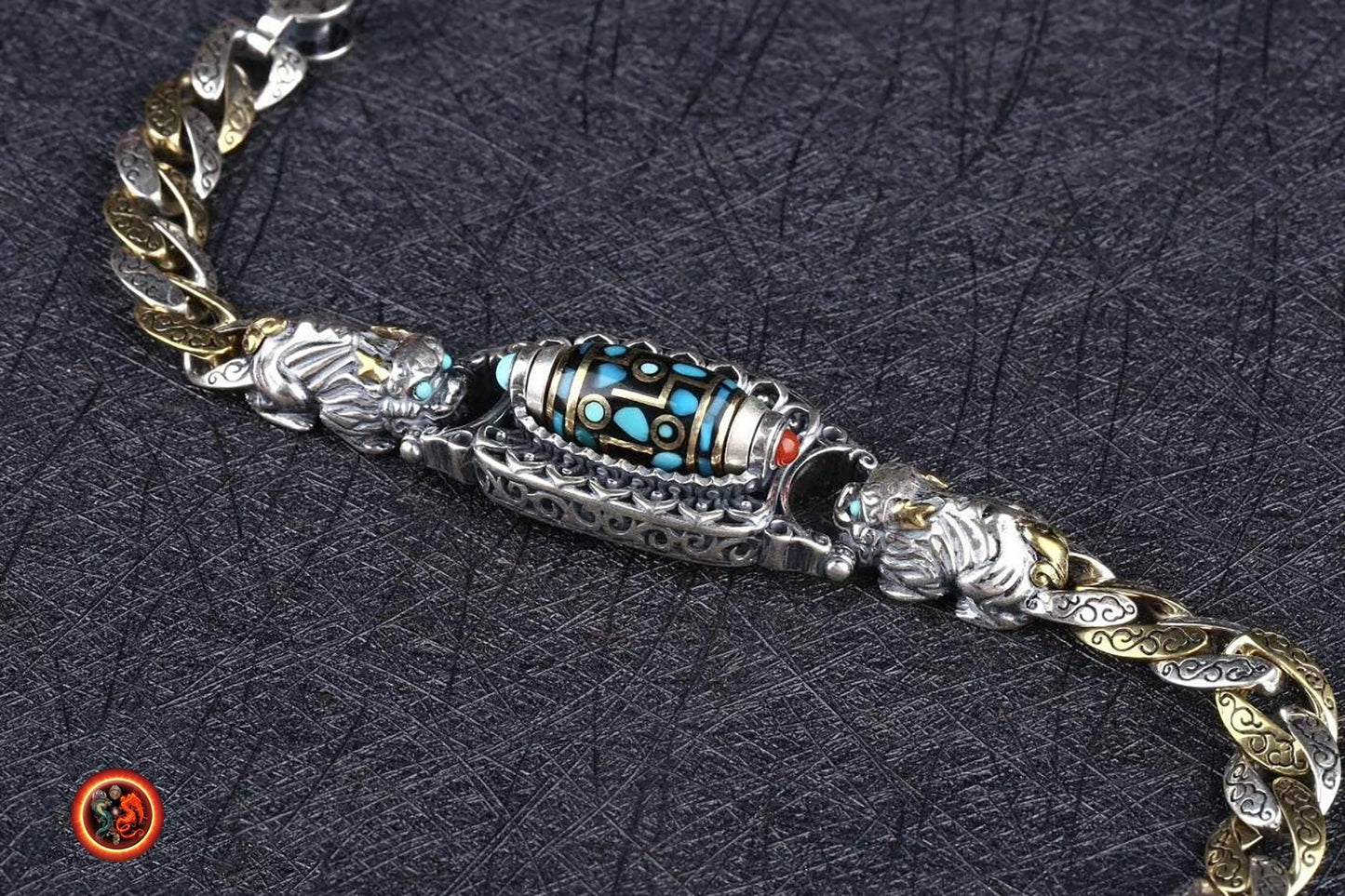
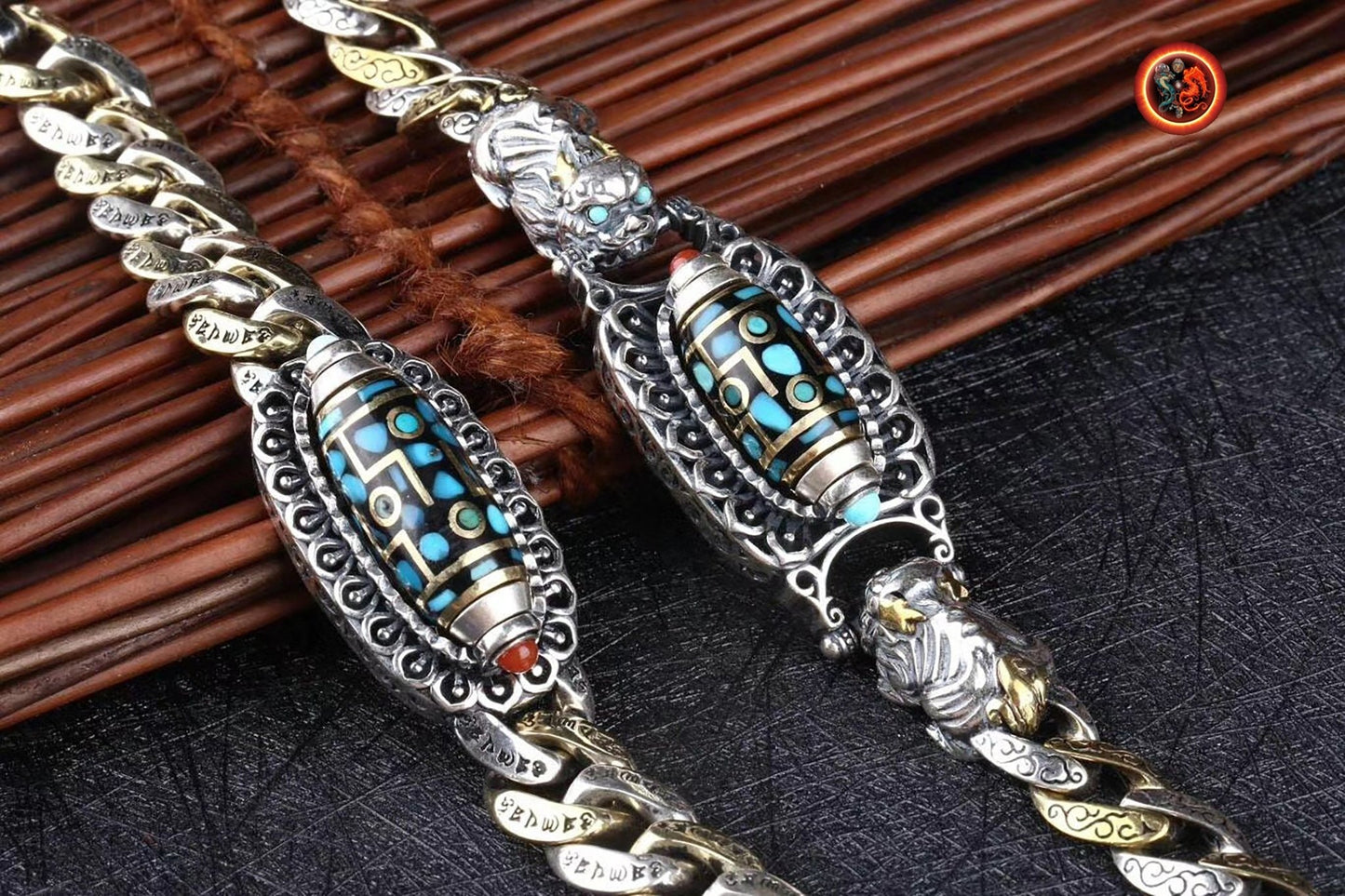
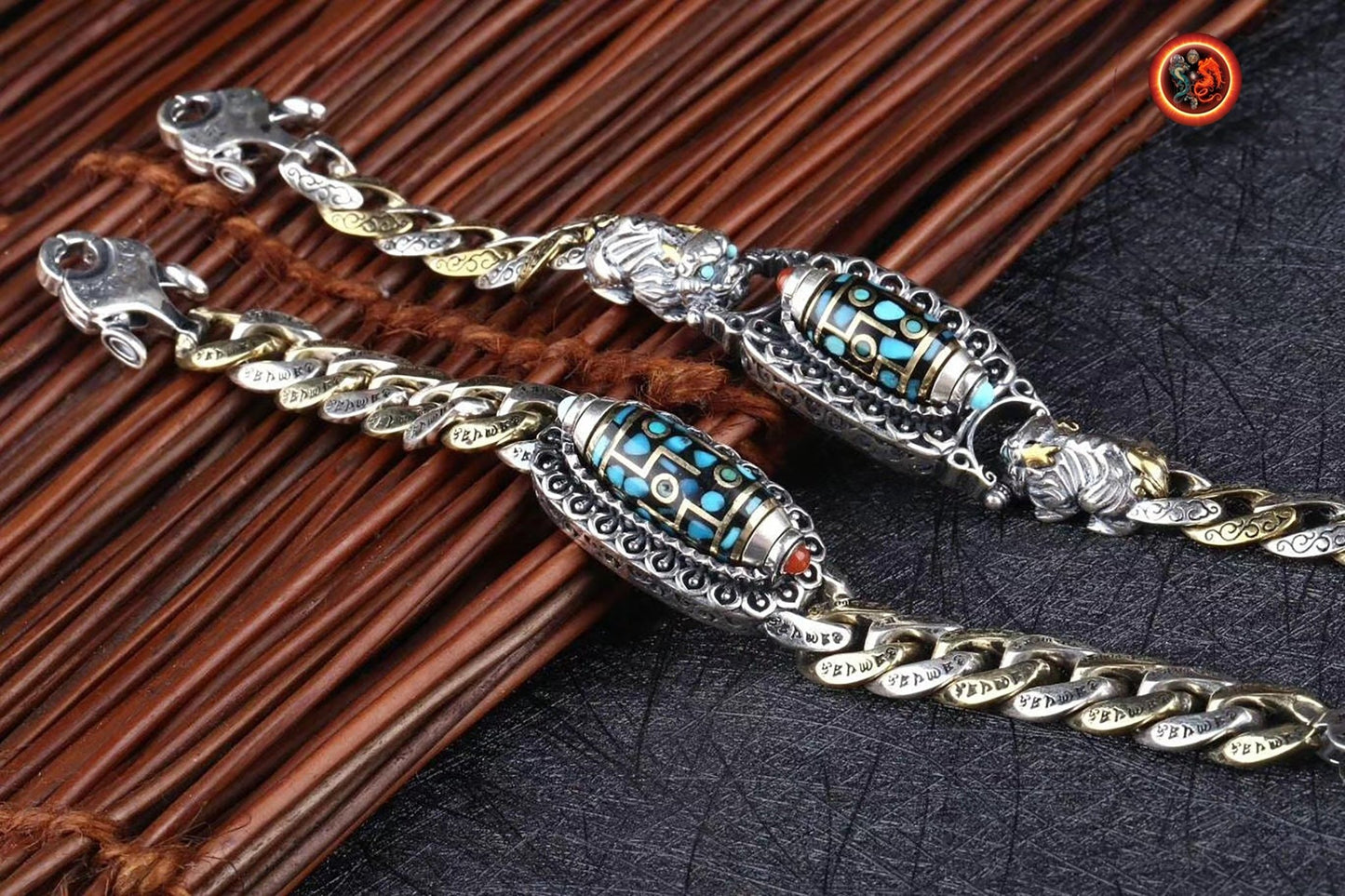
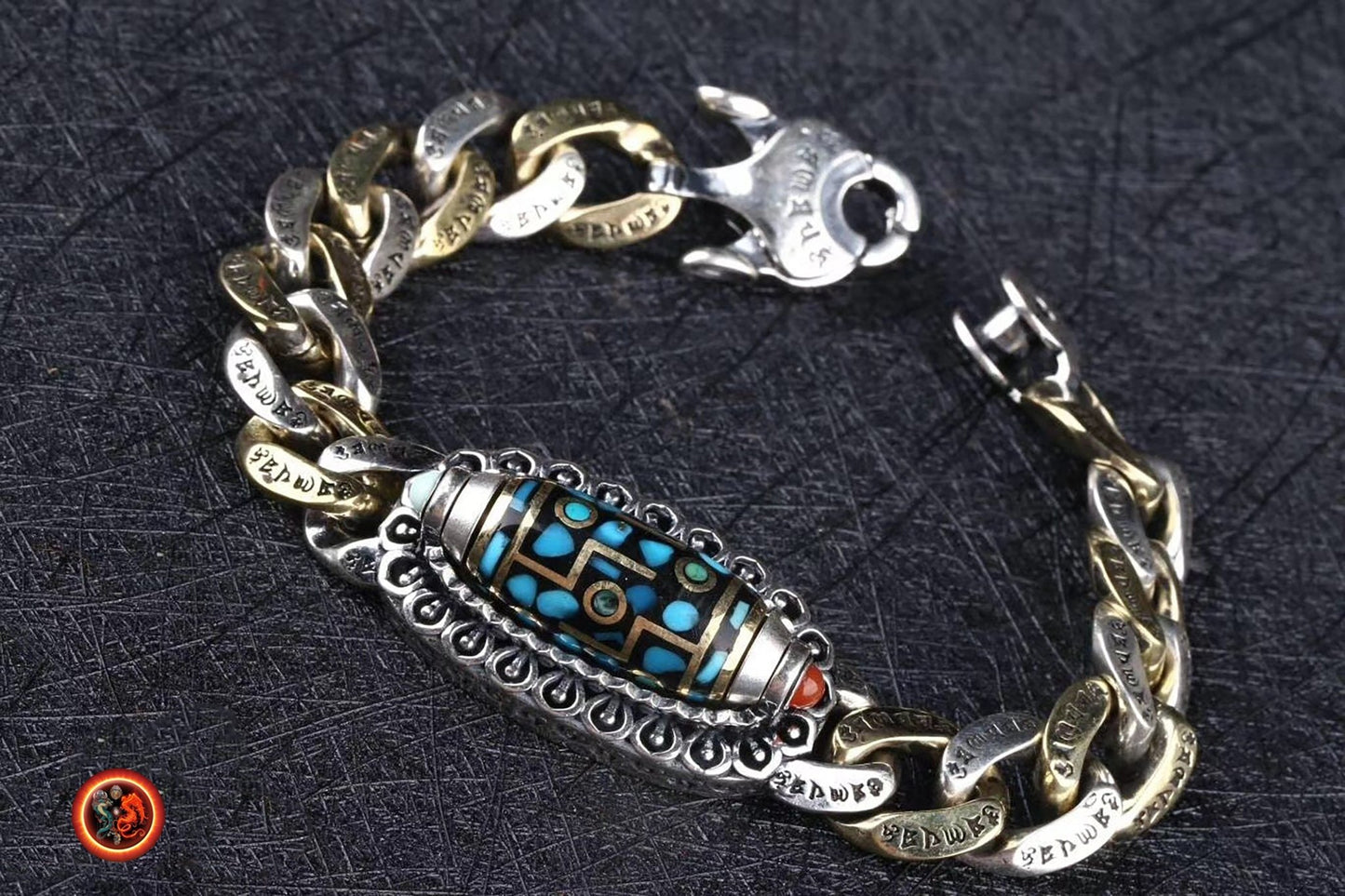

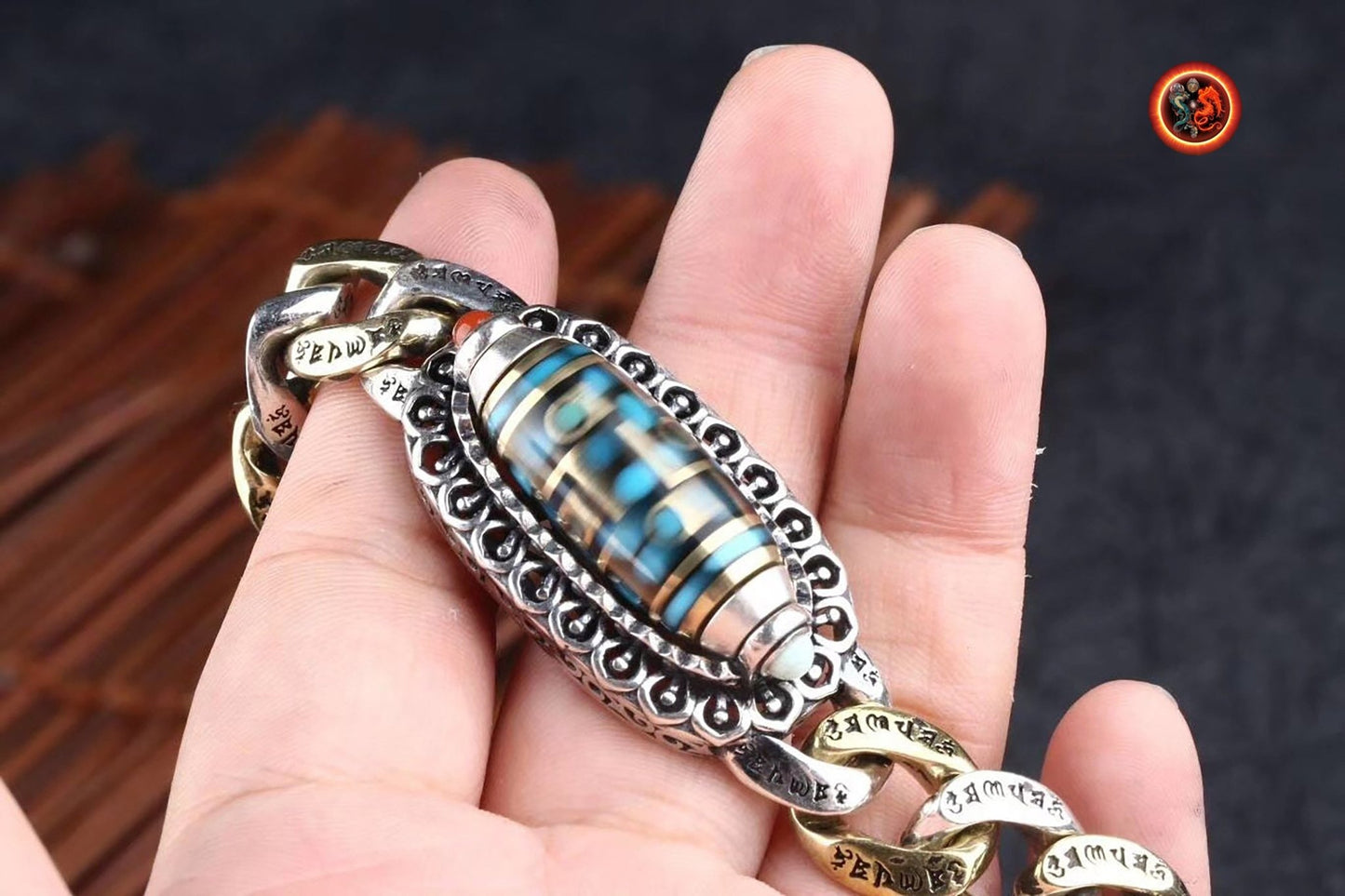
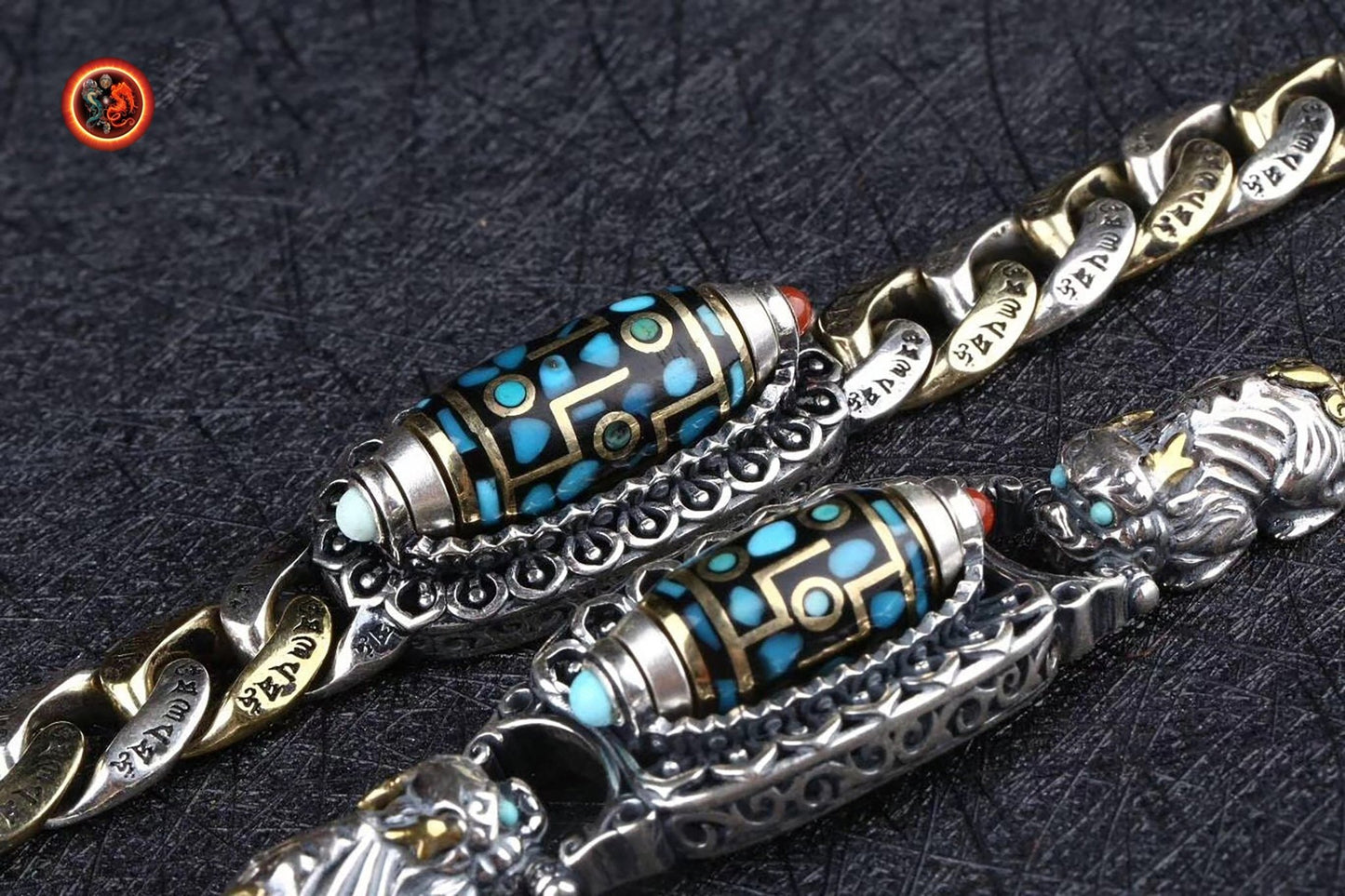
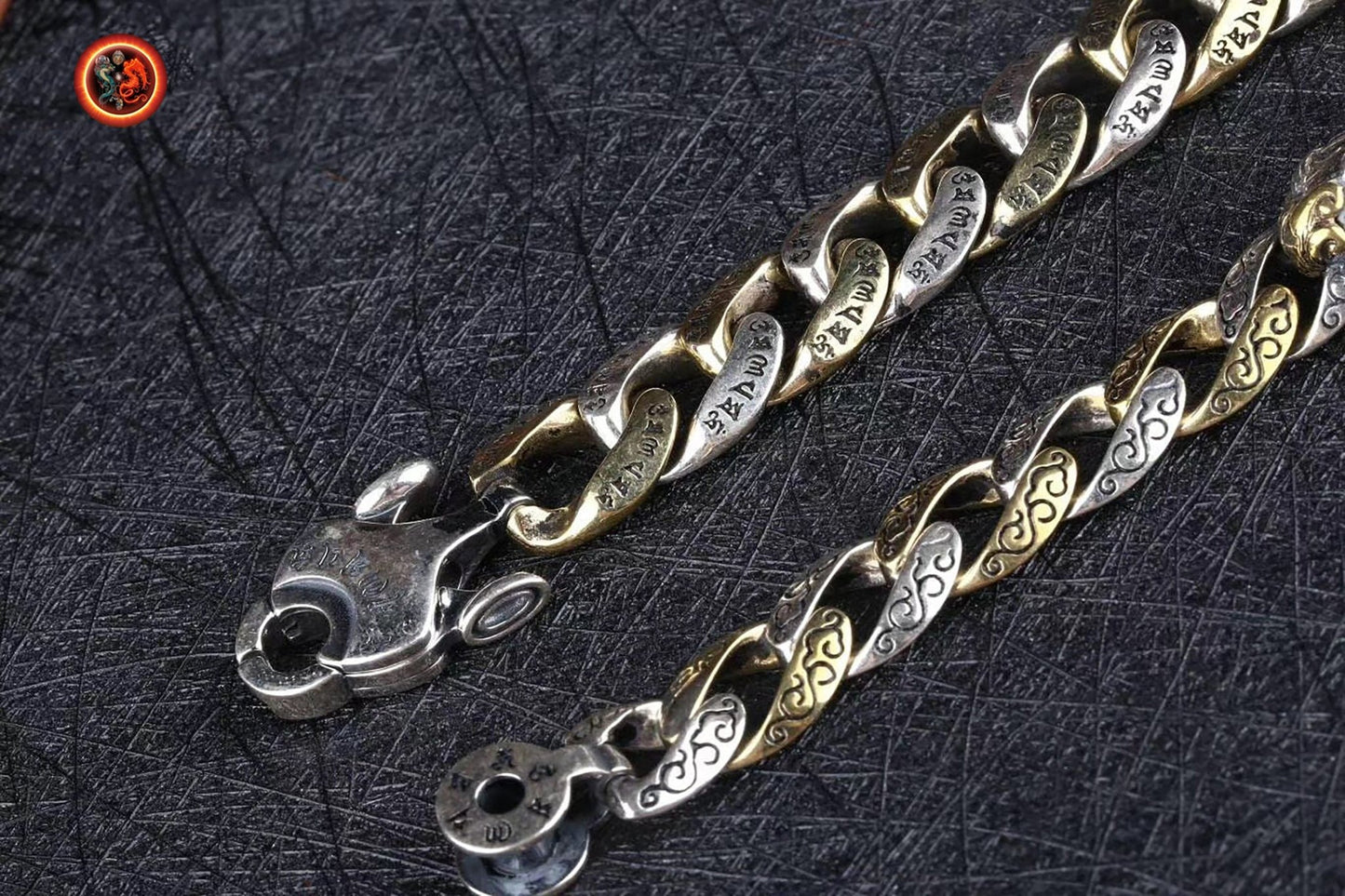

Return conditions for a Zen purchase
We offer you a money back guarantee within 14 days after delivery of your order.
If you are not completely satisfied with your purchase, please contact us to arrange a return of the product and a refund.
Except for returns, shipping is free on all orders.
Multi-column
Button text-
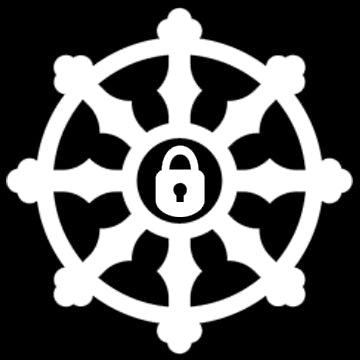
100% secure payment
3 times interest-free option with Scalapay
-

Free delivery in France and internationally
14 days money back guarantee after delivery (see our conditions of sale)
-

Column
Excellent customer service
Live chat
Whatsapp +33674049312
Let customers speak for us
from 917 reviews4eme pièce que j'achète et encore une fois, jamais déçue de l'unicité et de l'originalité. Coup de cœur pour ce bracelet en magnifiques molaires de mammouth, charge de vie et d'histoire. Attention pour un tout petit poignet de fille comme le mien cela peut être trop grand. N'hésitez pas à poser la question à Jeremy sur les tailles, il répond toujours et il est très réactif.

Déjà j’au été très impressionné par la qualité du site web pour tout chercheur de vérité mais également pour la disponibilité de Jérôme qui a su dépasser mes plus grandes attentes pour la commande sur mesure d’un mala en Obsidienne Œil Céleste – Dragon & Bagua Feng Shui. Gràce à ce puissant talisman je peux désormais continuer ma route sereinement. Un très grand merci sincèrement.

magnifique, puissant et apaisant, il m'aide à garder mon calme je le trouve absolument parfait!

J'ai eu l'occasion de rencontrer Jérémy sur Paris avant l'achat...très bon contact avec lui ..il sait de quoi il parle...je suis revenu vers lui pour l'achat de cette magnifique statue...elle a été emballee avec beaucoup de soin pour une expédition de chine... vraiment très satisfait de cet achat..merci

Pendentif dragon en obsidienne œil céleste - Symbole spirituel

Le collier est superbe, et ce pendentif magnifique, ses détails! et l'odeur du bois de santal que c'est agréable! Qualité extra! Contact excellent avec Jérémy, merci beaucoup pour votre gentillesse! Quelle qualité, vivement le mala !

L'objet est très joli et malgré que je ne sois pas un spécialiste, je trouve que le crystal est beau. Il n'est pas parfait et cela me rassure sur la qualité du produit qui est sensé être naturel donc imparfait.
Très bien emballé et en plus housse de rangement offerte.
MERCI

J’ai commandé un crâne de dragon, il est super beau et très puissant. Je l’adore 😍 Et l’envoi a été très rapide 🤗 merci 🙏🏻

bracelet puissant, je suis content de mon achat

Cet artisan est gémologue, il travaille avec des artisans qui sont des vrais artistes, je suis bluffé par la qualité des ouvrages sur l’argent et sa qualité. Quand à la qualité des pierres pas besoin d’être gémologue pour voir la qualité exceptionnelle des pierres, encore une fois le travail de sculpture est exceptionnel.
Mon mala traditionnel est une pure merveille dans la tradition originelle. Le ghau est une merveille qui me comble.
Bref que dire de plus :). Allez sur son site.
PS : vendeur qui connait son métier et les traditions bouddhistes ce qui est un plus en plus :)

Ce crâne est un Etre de Lumière. Attirant , inspirant , "parlant".
Il est un Ami qui tire mes pensées vers le Haut.
Ses énergies vibrent à des fréquences élevées. Il est puissant dans la douceur.
Un crâne de Dragon m'assite également. Merveilleux !

Très beaux bracelet et très puissants

Magnifique crâne givré de l'Himalaya.

cette chevalière est tres bien réalisé, avec beaucoup de détails, je suis heureux de l'avoir

